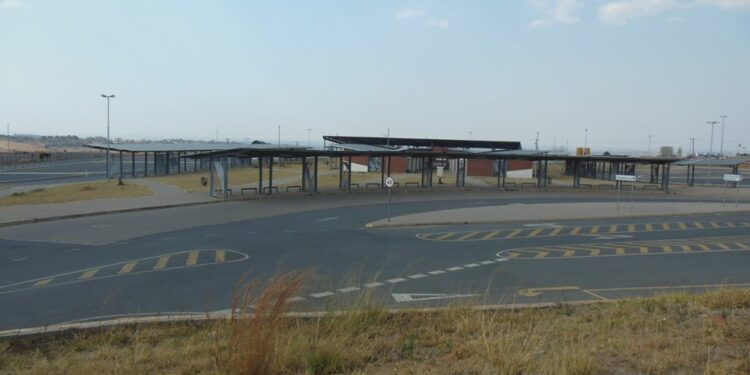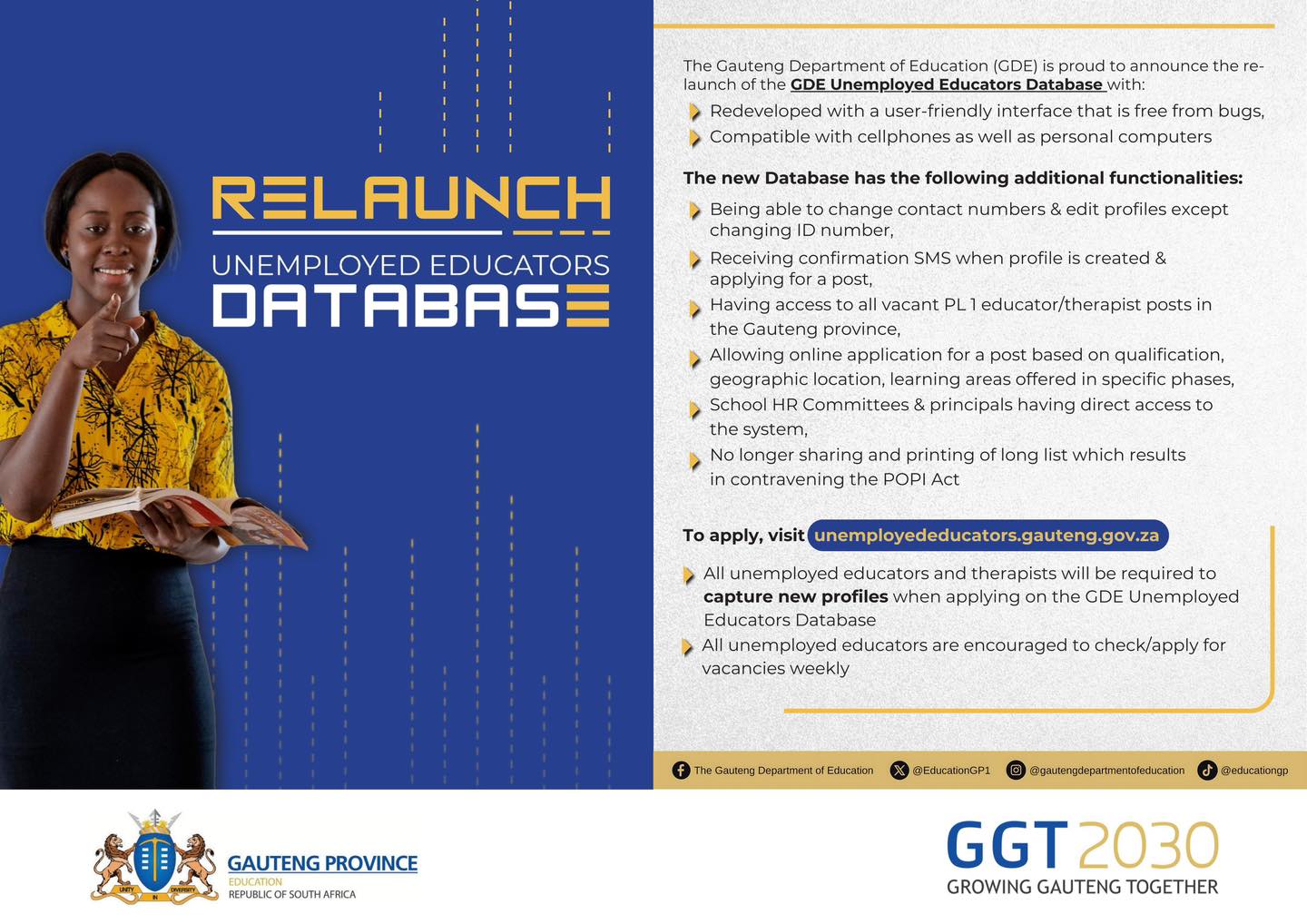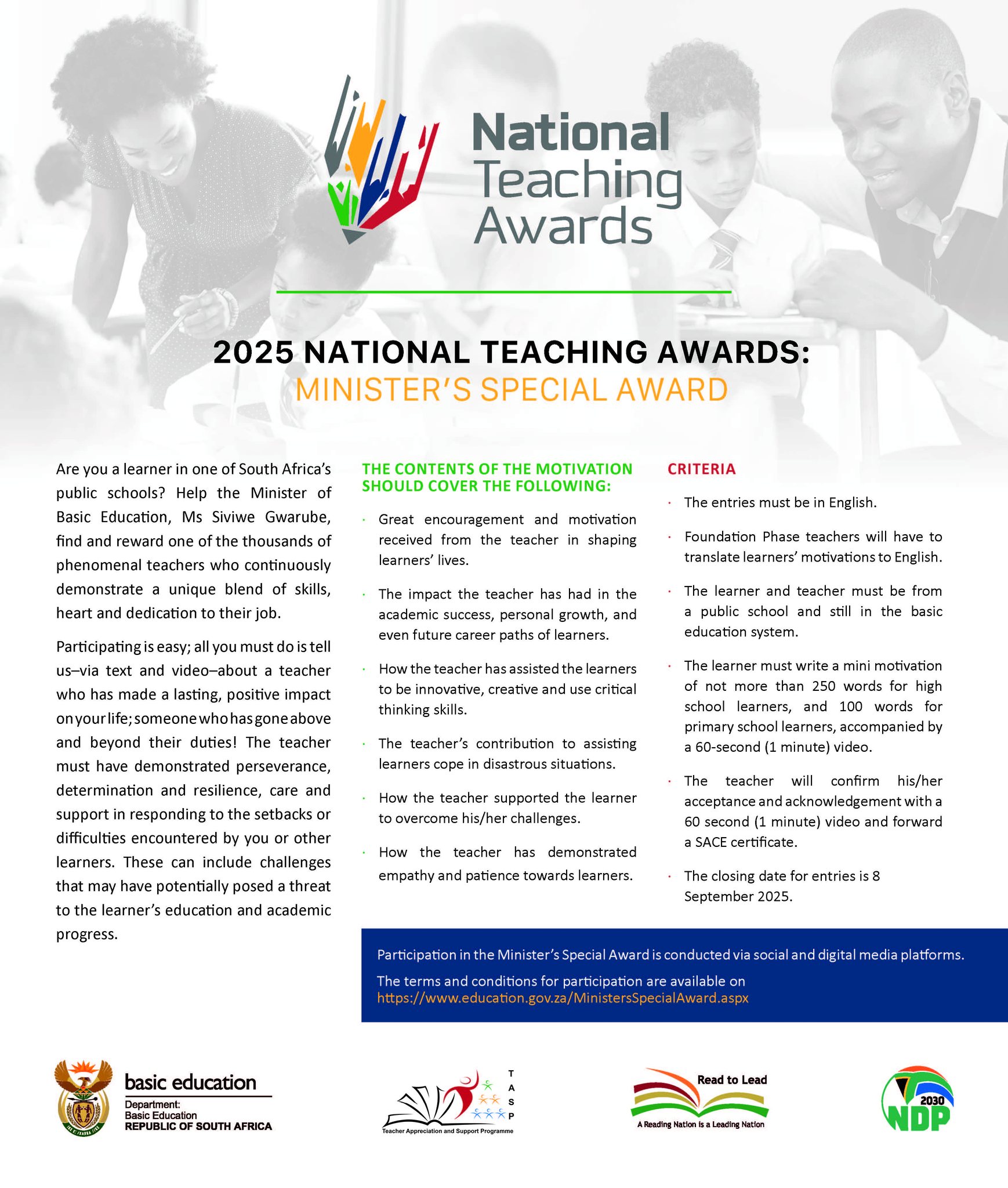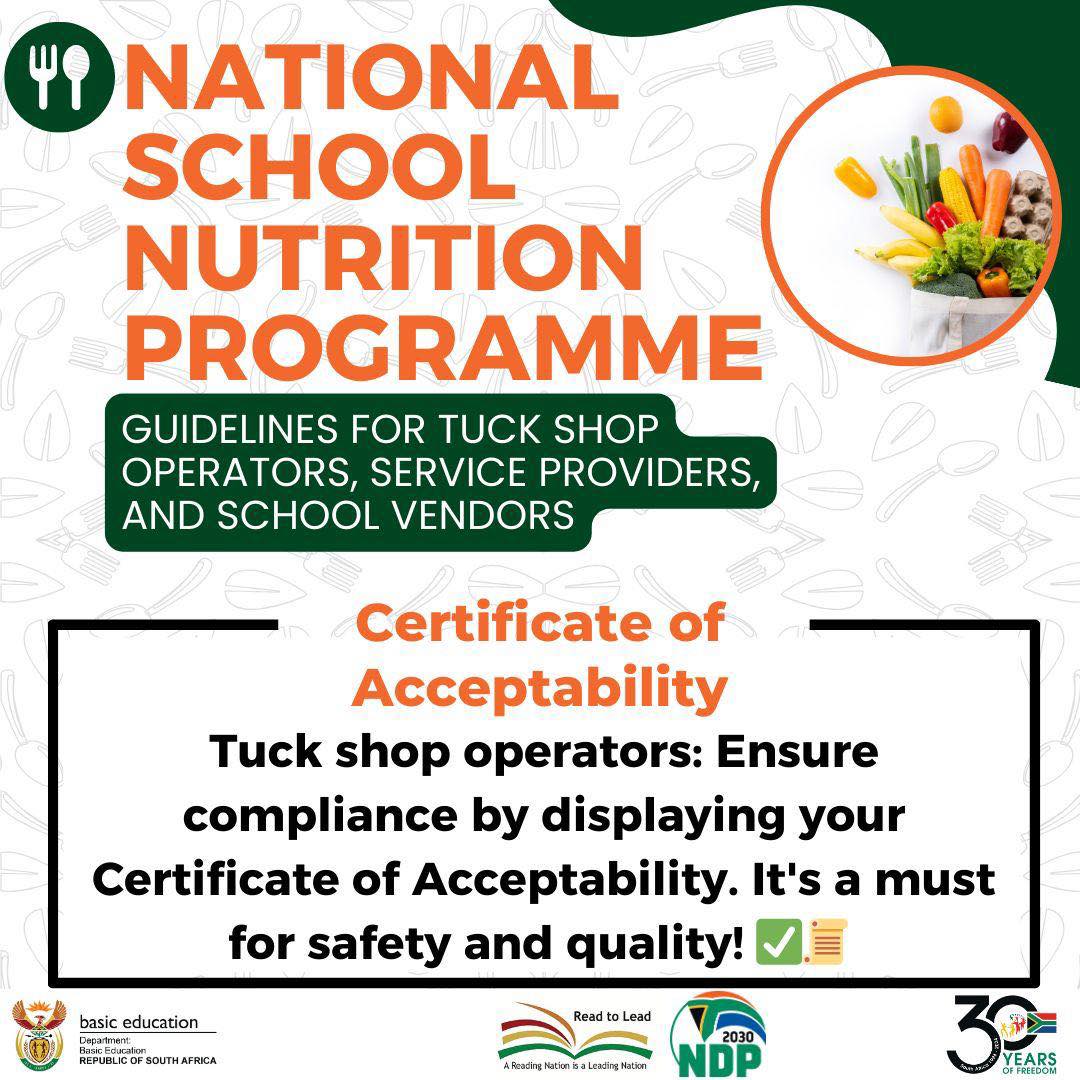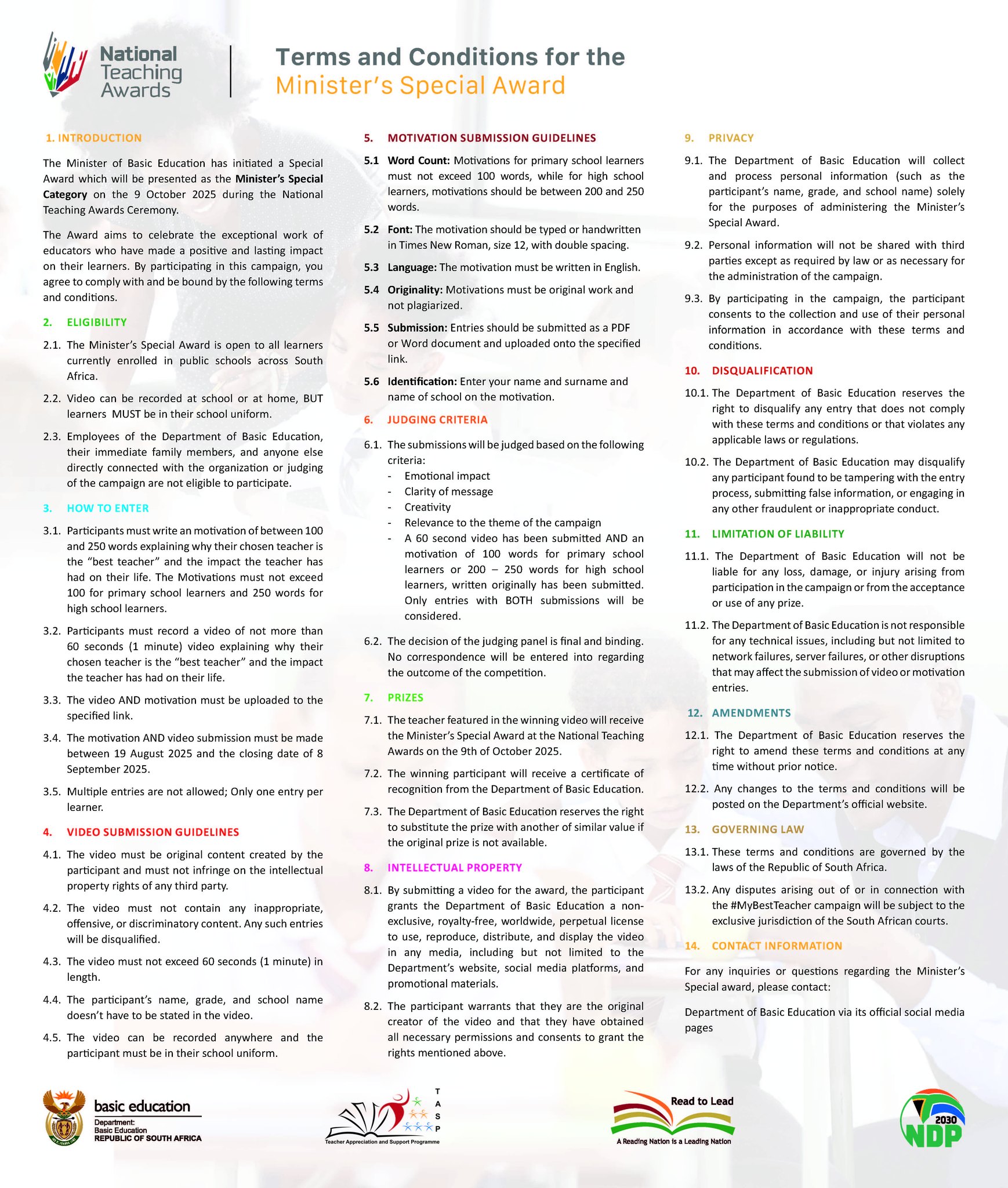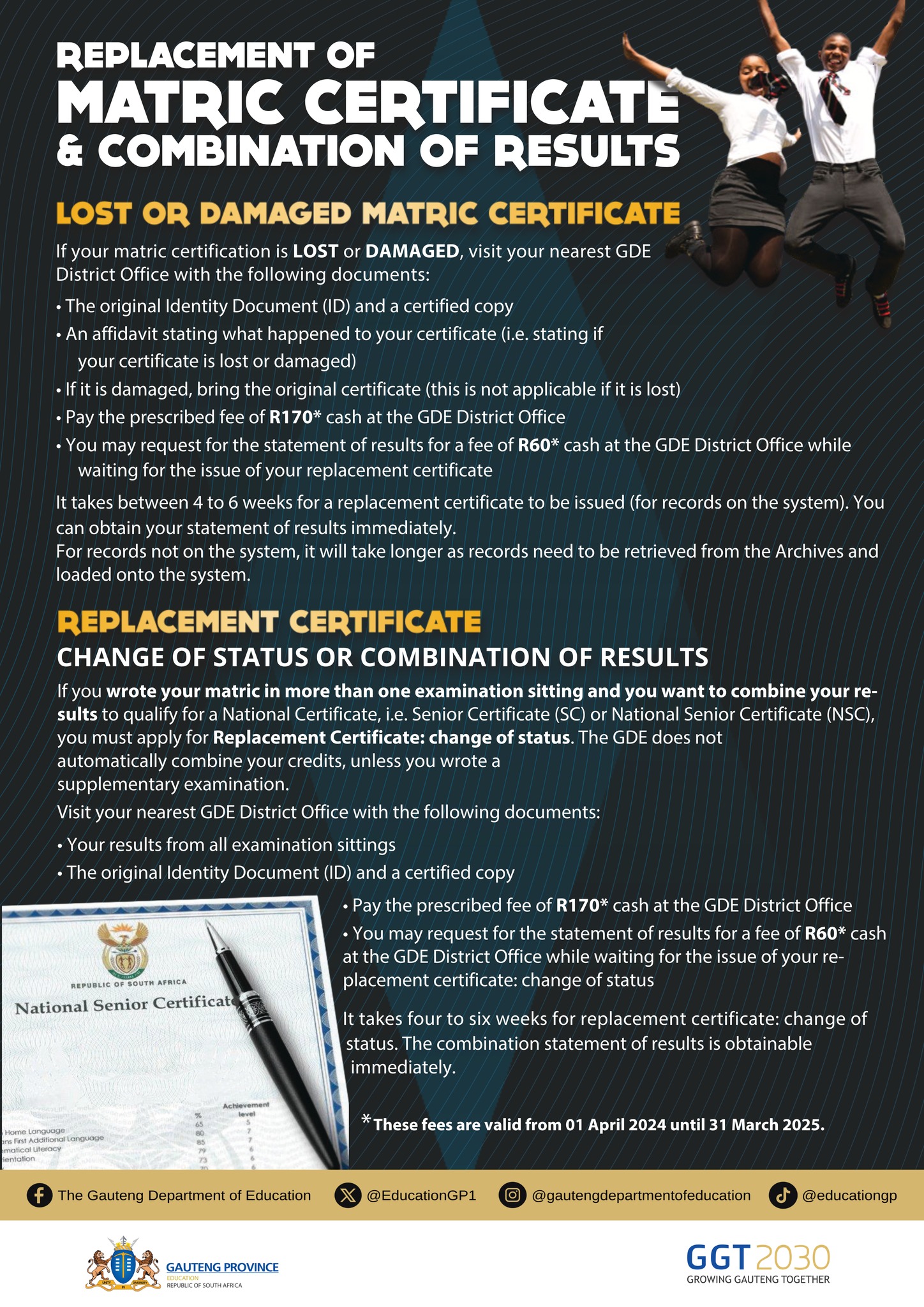Unemployment in South Africa – Cosmo City in particular?
By Mzukona Mantshontsho
We live in a country where the latest unemployment statistics from Statistics South Africa suggested that the unemployment rate was at 33.9% South Africans. This figure was reduced by the increase in informal businesses in our communities. With two thirds of the population in South Africa being the youth, the youth is mostly affected by unemployment.
Youth unemployment has been high for many years in South Africa and is one of the country’s major socio-economic challenges. Cross-country comparisons regularly affirm that South Africa’s unemployment rates are among the highest in the world.
Unemployed youth are characterised by their lack of employability resulting from a range of socio-economic factors. They often have low levels of education, have dropped out of school and invariably do not have the literacy, numeracy and communication skills needed in the labour market. They also have little work experience, which is a particularly undesirable characteristic for employers.
Cosmo City
The Cosmo City Development is the first public private partnership worth R3.5billion between the City of Johannesburg, Basil Read, Codevco as well as the community in South Africa.
Cosmo City emerged out of an urgent need to provide accommodation for the informal settlers of Zeverfontein and Riverbend who had been illegally occupying privately owned land 25 kilometres North West of the Johannesburg Central Business District.
Cosmo City continues to grow as a place of choice and as a community. That number has increased substantially over the years with backrooms being built, mostly in the RDP houses, now with the semi-financed houses and bonded ones.
The recent developments and job opportunities in Cosmo City have created an influx into the area, which cannot be avoided.
October was Transport Month in South Africa. Cosmo City has been around for over 15 years. This for me is a time of reflection for the community of what has worked well, what has not and what we can learn from that to improve the community. The journey has had its challenging times.
There have been concerns around the non-use of an official R15 million taxi rank because of its location in the community. A Randburg United Local and Long-Distance Taxi Association (RULLDTA) representative on Thursday 15 September 2011 when the taxi rank was handed-over to the community promised that commuters would be collected in the mornings from all extensions and sent to official taxi rank for FREE.
That has never happened. Residents that stay far away from the make-shift taxi ranks in the community have to pay to get to the taxi rank before paying for their intended destination, which is normally work in the mornings.
Within the same official taxi rank is 40 informal trader stalls which the residents could be using to earn a living and support their families, sadly those stalls are all not being used. This begs the question, how long is the status quo going to go on for, nine years down the line of the handing-over of the R15 million facility.

